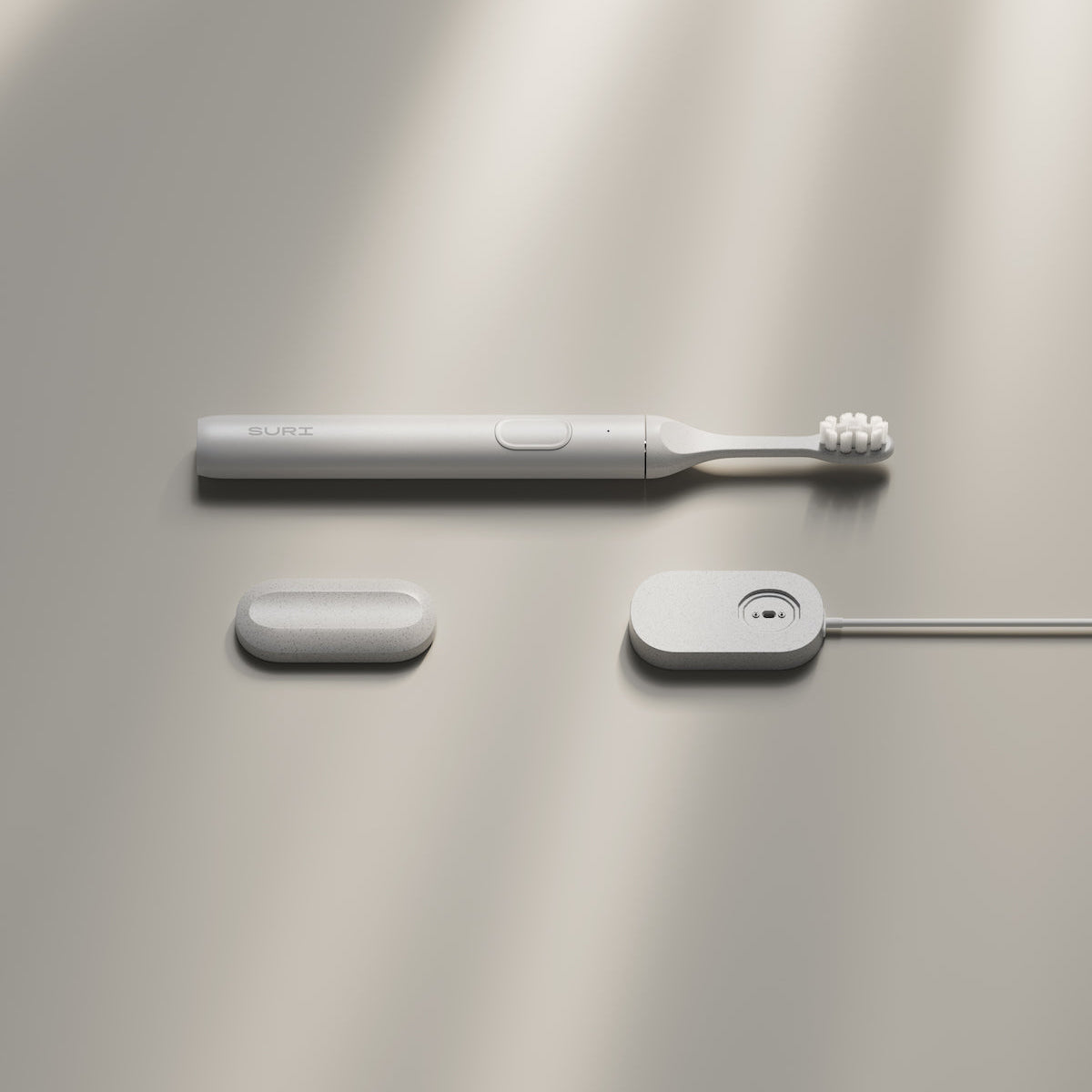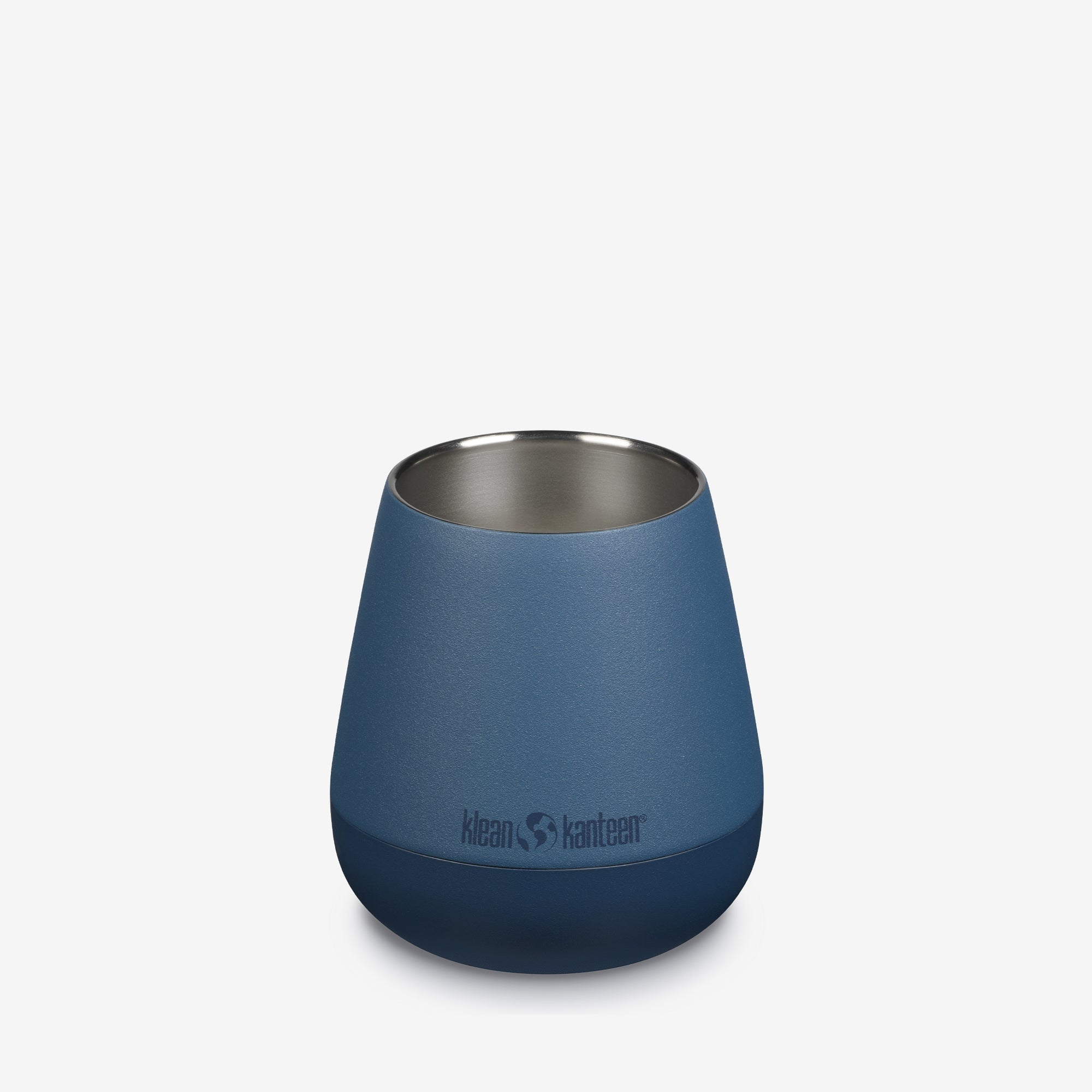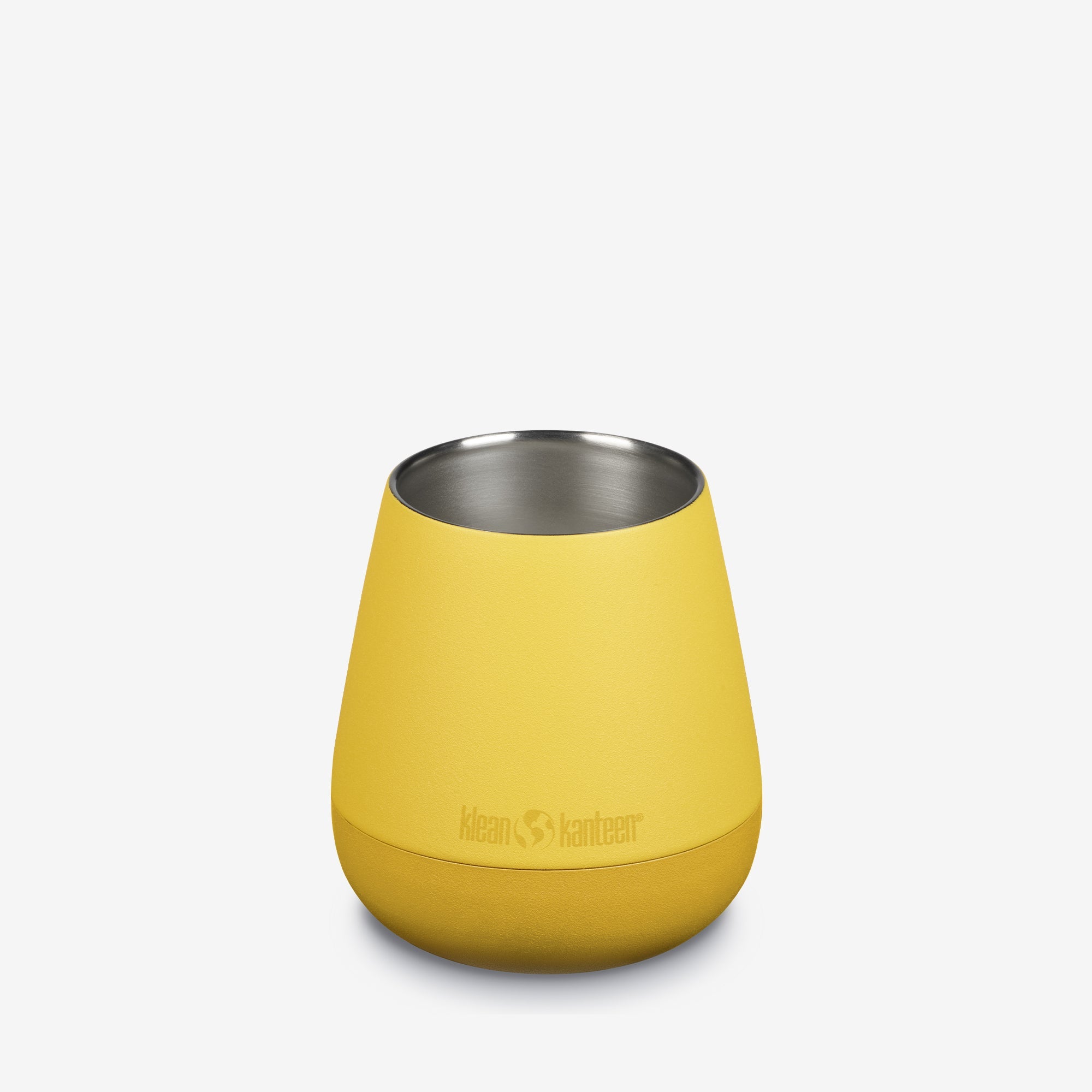Making hummus at home is one of those supermarket upgrades that pretty much anyone can do. Not only does it taste a million times better than premade, it’s also incredibly cheap and easy. Try it once, and you’ll wonder why you ever settled.
But there are a couple of tricks to getting the perfect taste and texture in homemade hummus - and it seems as if everyone has an opinion on how. There are people out there who advocate for soaking and cooking dried chickpeas. Others insist you have to peel the chickpeas first.
Honestly, all that’s a hassle - and completely unnecessary. Store-bought cooked chickpeas from a tin yield great results for far less effort, and they’re usually already peeled (not that removing the skins makes a difference). You just need an easy hack to optimise their texture.

How do you make hummus less gritty?
So - you’re ready to leave dense, coarse supermarket hummus behind. The key to smooth and creamy hummus comes in three parts: 1) soaking canned chickpeas in boiling water, 2) using plenty of tahini, aka sesame seed paste, and 3) a decent food processor.
Omitting one or two of these steps will still yield good results - but for the ultra-smooth, pillowy hummus of your dreams, you’re going to want all three. Soaking the chickpeas in boiling water means they soften up beautifully, and you don’t have to turn on the stove.
In this hummus recipe, we’re going to make things much easier with our Toolbar nesting bowl and colander set - but any method of draining and soaking your chickpeas will work perfectly well.

Ingredients:
- 1 can of chickpeas
- 4 tablespoons stirred tahini
- 1-2 cloves garlic, depending on their size and your love of garlic
- Juice of half a lemon
- 2 tablespoons extra virgin olive oil, plus more to garnish
- ¾ teaspoon ground cumin
- Sea salt, to taste
- Cold water
- Paprika, sumac, za’atar or fresh parsley, to garnish (optional)
Equipment:
- A Toolbar nesting bowl and colander set - or any container combined with a colander/sieve
- A good blender or food processor - we recommend a Magimix
- A kettle
Method:

1. Put the kettle on to boil. Strain your can of chickpeas into the colander over the mixing bowl and give it a little shake. You can either discard the aquafaba water or use it another day (it can be used to make vegan meringues!). We’re getting rid of it because it can make people a little gassy.
2. Drain and rinse the chickpeas a couple of times until there are no bubbles or foam on the surface. This means the aquafaba is gone.

3. With the colander in the bowl, cover the chickpeas with boiling water. Add a peeled garlic clove or two - the boiling water will temper the harsh raw garlic taste. Leave to soften.
4. When the sides of the bowl feel cool enough to handle (about 20 minutes or so), the chickpeas will be sufficiently soft. Drain the chickpeas, nest the colander into the bowl again and cover them in cold water to cool down (this step is simply to avoid hot hummus - if you aren’t eating it immediately, you can use the hot chickpeas).

5. Drain the chickpeas again and add them to your food processor or blender, reserving a few whole chickpeas for garnish if you wish. Add all the remaining ingredients, except for the cold water and garnishes.

6. Blend everything until smooth, adding cold water a tablespoon at a time until the hummus has achieved a creamy consistency. Adjust the balance of salt and lemon juice as desired.
7. Scoop out the finished hummus, spread onto a plate or bowl and drizzle with more extra virgin olive oil, if desired. Sprinkle over the reserved whole chickpeas and/or your preferred garnishes.

That nesting mixing bowl and colander set looks pretty nifty, right? It comes in two sizes and carries a lifetime guarantee! Buy yours here, or read about 7 other ways you can use it around the kitchen.
Browse our full range of top-quality kitchen equipment here.































